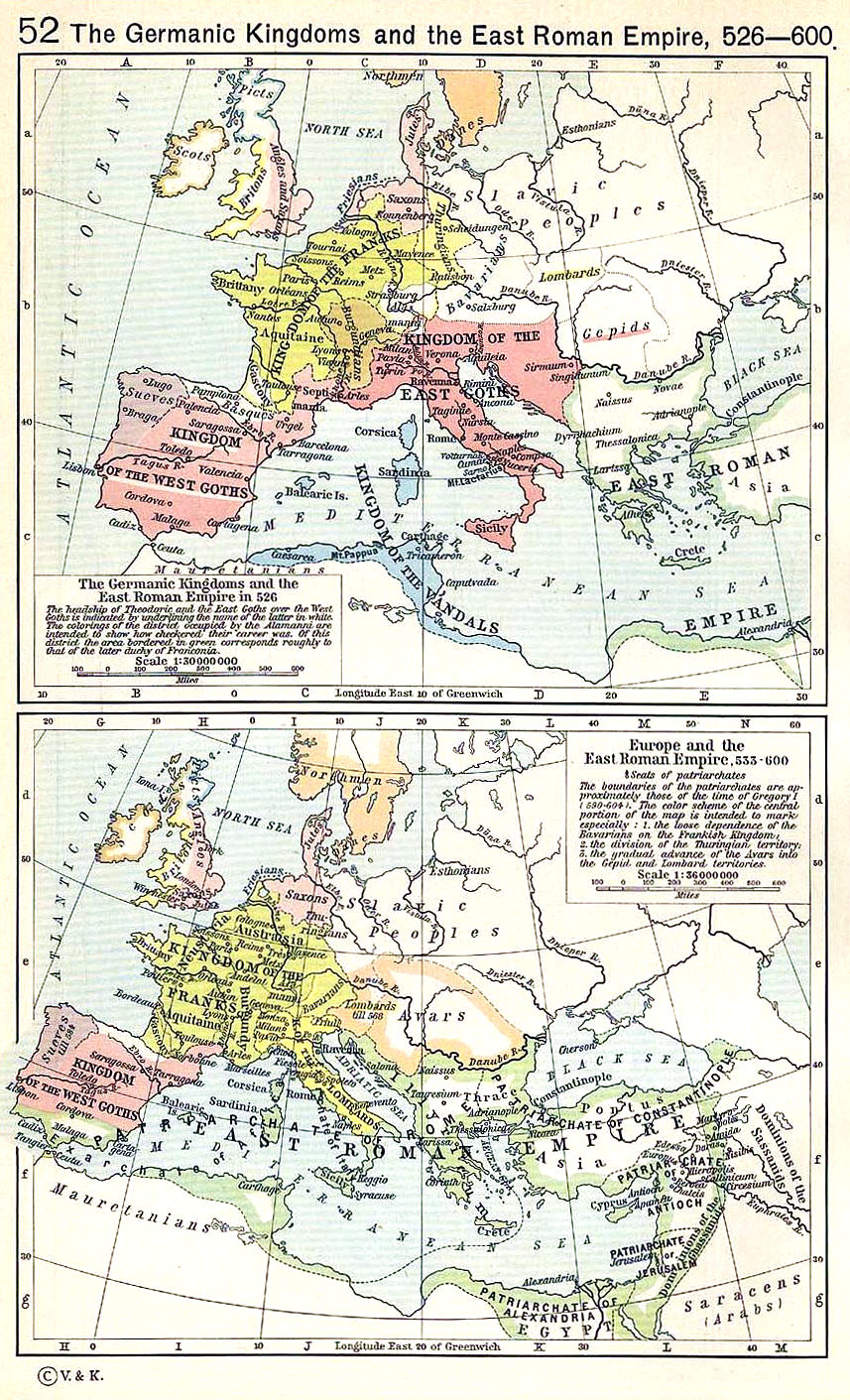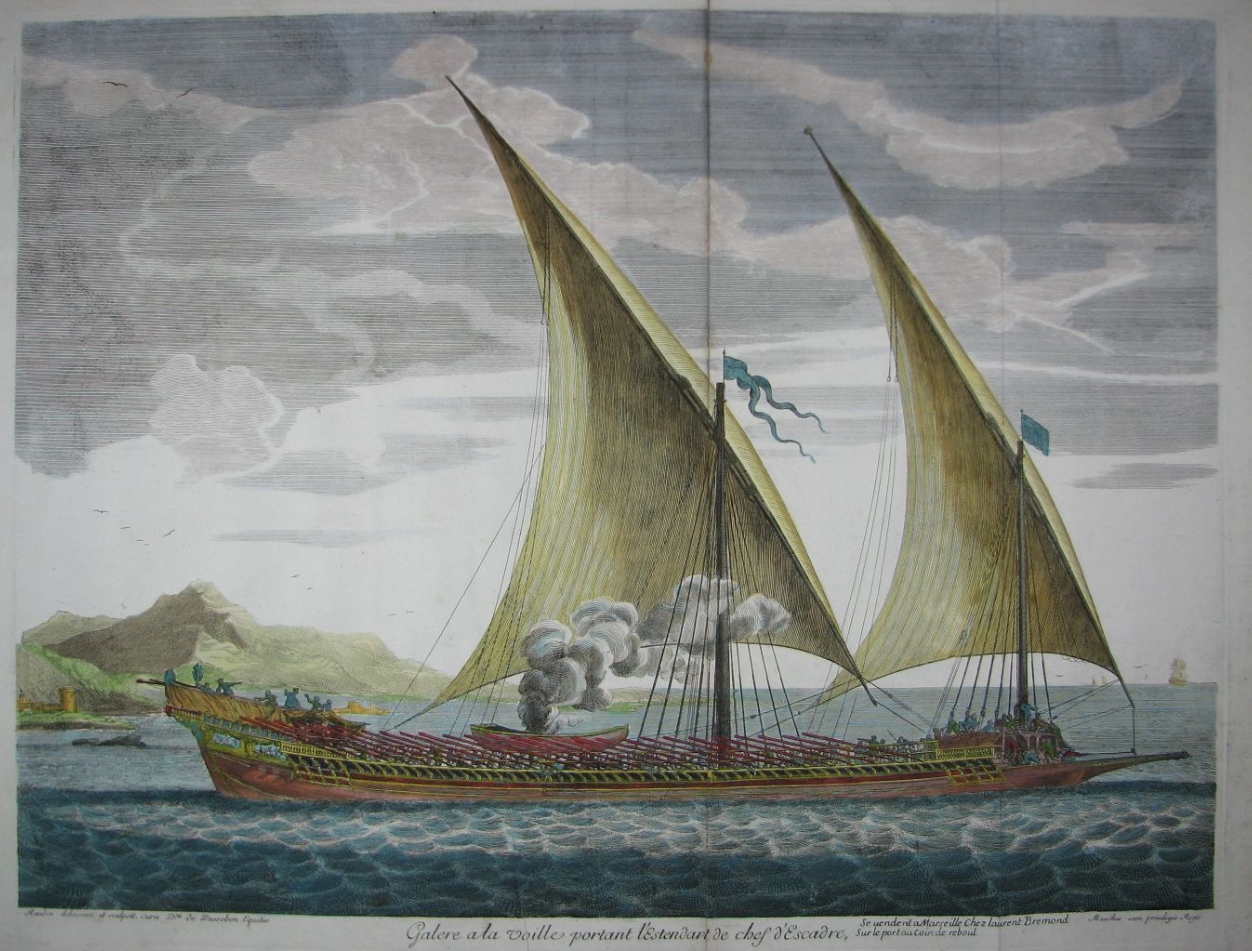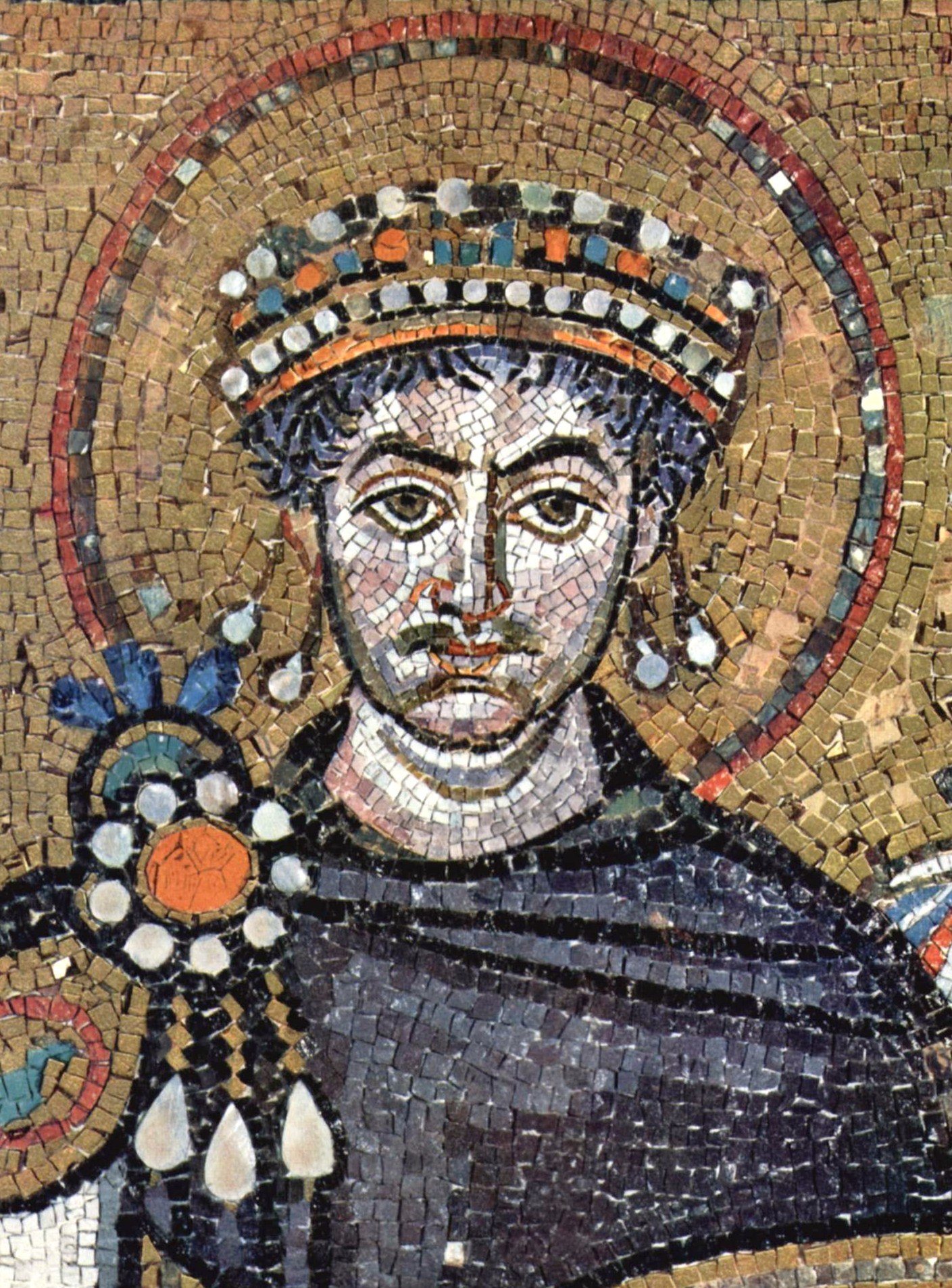|
Dromon
The dromon (from Greek δρόμων, , ), a type of galley, became the most important type of warship of the Byzantine navy from the 5th to 12th centuries AD, after which the Italian-style galley superseded it. It developed from the ancient liburnian, which was the mainstay of the Roman navy during classical antiquity. The Middle English word ''dromond'' and the Old French word ''dromont'' derive from the Greek word; these names identified any particularly large medieval ship. Evolution and features The appearance and evolution of medieval warships is a matter of debate and conjecture; until recently, no remains of an oared warship from either ancient or early medieval times had been found and information had to be gathered by analyzing literary evidence, crude artistic depictions and the remains of a few merchant vessels (such as the 7th-century Pantano Longarini wreck from Sicily, the 7th-century Yassi Ada ship and the 11th-century Serçe Limanı Shipwreck, Serçe Limanı ... [...More Info...] [...Related Items...] OR: [Wikipedia] [Google] [Baidu] |
Byzantine Navy
The Byzantine navy was the Navy, naval force of the Byzantine Empire. Like the state it served, it was a direct continuation from its Roman navy, Roman predecessor, but played a far greater role in the defence and survival of the state than its earlier iteration. While the fleets of the Roman Empire faced few great naval threats, operating as a policing force vastly inferior in power and prestige to the Roman army, army, command of the sea became vital to the very existence of the Byzantine state, which several historians have called a "maritime empire". The first threat to Roman hegemony in the Mediterranean Sea was posed by the Vandals in the 5th century, but their threat was ended by the wars of Justinian I in the 6th century. The re-establishment of a permanently maintained fleet and the introduction of the dromon galley in the same period also marks the point when the Byzantine navy began departing from its late Roman roots and developing its own characteristic identity. Thi ... [...More Info...] [...Related Items...] OR: [Wikipedia] [Google] [Baidu] |
Galley
A galley is a type of ship optimised for propulsion by oars. Galleys were historically used for naval warfare, warfare, Maritime transport, trade, and piracy mostly in the seas surrounding Europe. It developed in the Mediterranean world during Classical antiquity, antiquity and continued to exist in various forms until the early 19th century. It typically had a long, slender hull, shallow draft (hull), draft, and often a low freeboard (nautical), freeboard. Most types of galleys also had sails that could be used in favourable winds, but they relied primarily on oars to move independently of winds and currents or in battle. The term "galley" originated from a Greek term for a small type of galley and came in use in English from about 1300. It has occasionally been used for unrelated vessels with similar military functions as galley but which were not Mediterranean in origin, such as medieval Scandinavian longships, 16th-century Ghali (ship), Acehnese ghalis and 18th-century North ... [...More Info...] [...Related Items...] OR: [Wikipedia] [Google] [Baidu] |
Byzantines Repel The Russian Attack Of 941
Byzantines may refer to: *The citizens of the Byzantine Empire in antiquity **The Byzantine Greeks or Eastern Romans, the ruling class of the Byzantine Empire. **The population of the Byzantine Empire The population of the Byzantine Empire encompassed all ethnic and tribal groups living there, mainly Byzantine Greeks, but also Albanians, Arabs, Armenians, Assyrians, Bulgarians, Goths, Latini, Serbs and other Slavs, Thracians, Tzans, Vlachs an ..., including all separate ethnic and tribal groups living there See also * Byzantine (other) {{disambiguation ... [...More Info...] [...Related Items...] OR: [Wikipedia] [Google] [Baidu] |
Lateen
A lateen (from French ''latine'', meaning "Latin") or latin-rig is a triangular sail set on a long Yard (sailing) , yard mounted at an angle on the mast (sailing) , mast, and running in a fore-and-aft direction. The Settee (sail), settee can be considered to be an associated type of the same overall category of sail. The lateen originated in the Mediterranean as early as the 2nd century AD, during Roman times, and became common there by the 5th century. The wider introduction of lateen rig at this time coincided with a reduction in the use of the Mediterranean square rig of the classical era. Since the performance of these two rigs is broadly similar, it is suggested that the change from one to the other was on cost grounds, since lateen rigs used fewer components and had less cordage to be replaced when it wore out. Arabs , Arab seafarers adopted the lateen rig at a later datethere is some limited archaeological evidence of lateen rig in the Indian Ocean in the 13th century AD ... [...More Info...] [...Related Items...] OR: [Wikipedia] [Google] [Baidu] |
Hellenistic-era Warships
From the 4th century BC on, new types of oared warships appeared in the Mediterranean Sea, superseding the trireme and transforming naval warfare. Ships became increasingly large and heavy, including some of the largest wooden ships hitherto constructed. These developments were spearheaded in the Hellenistic Near East, but also to a large extent shared by the naval powers of the Western Mediterranean, specifically Carthage and the Roman Republic. While the wealthy successor kingdoms in the East built huge warships ("polyremes"), Carthage and Rome, in the intense naval antagonism during the Punic Wars, relied mostly on medium-sized vessels. At the same time, smaller naval powers employed an array of small and fast craft, which were also used by the ubiquitous pirates. Following the establishment of complete Roman hegemony in the Mediterranean after the Battle of Actium, the nascent Roman Empire faced no major naval threats. In the 1st century AD, the larger warships were retained ... [...More Info...] [...Related Items...] OR: [Wikipedia] [Google] [Baidu] |
Procopius Of Caesarea
Procopius of Caesarea (; ''Prokópios ho Kaisareús''; ; – 565) was a prominent late antique Greek scholar and historian from Caesarea Maritima. Accompanying the Roman general Belisarius in Emperor Justinian's wars, Procopius became the principal Roman historian of the 6th century, writing the ''History of the Wars'', the ''Buildings'', and the ''Secret History''. Early life Apart from his own writings, the main source for Procopius's life is an entry in the ''Suda'',Suda pi.2479. See under 'Procopius' oSuda On Line a Byzantine Greek encyclopaedia written sometime after 975 which discusses his early life. He was a native of Caesarea in the province of '' Palaestina Prima''. He would have received a conventional upper-class education in the Greek classics and rhetoric, perhaps at the famous school at Gaza. He may have attended law school, possibly at Berytus (present-day Beirut) or Constantinople (now Istanbul), and became a lawyer (''rhetor''). He evidently knew Latin, a ... [...More Info...] [...Related Items...] OR: [Wikipedia] [Google] [Baidu] |
Vandalic War
The Vandalic War (533–534) was a conflict fought in North Africa between the forces of the Byzantine Empire (also known as the Eastern Roman Empire) and the Germanic Vandal Kingdom. It was the first war of Emperor Justinian I's , wherein the Byzantines attempted to reassert Roman sovereignty over territory formerly controlled by the Western Roman Empire. The Vandals occupied Roman North Africa in the early 5th century and established an independent kingdom there. Under their king, Geiseric, the Vandal navy carried out pirate attacks across the Mediterranean, Sack of Rome (455), sacked Rome in 455, and defeated a Roman invasion in 468. After Geiseric's death in 477, relations with the Eastern Roman Empire were normalized, although tensions flared up occasionally due to the Vandals' adherence to Arianism and their persecution of the Nicene native population. In 530, a palace coup happened in Carthage due to a defeat against the Moorish Chieftain and war chief of the Frexes trib ... [...More Info...] [...Related Items...] OR: [Wikipedia] [Google] [Baidu] |
Belisarius
BelisariusSometimes called Flavia gens#Later use, Flavius Belisarius. The name became a courtesy title by the late 4th century, see (; ; The exact date of his birth is unknown. March 565) was a military commander of the Byzantine Empire under Emperor Justinian I. Belisarius was instrumental in the reconquest of much of the Mediterranean territory belonging to the former Western Roman Empire, which had been lost less than a century prior. He is considered one of the greatest military commanders in history and in Byzantium. One of the defining features of Belisarius' career was his success despite varying levels of available resources. He is frequently cited as being among the "Last of the Romans". He conquered the Vandal Kingdom of North Africa in the Vandalic War in nine months and conquered much of Italy during the Gothic War (535–554), Gothic War. He also defeated the Vandal armies in the battle of Battle of Ad Decimum, Ad Decimum and played an important role at Battle of ... [...More Info...] [...Related Items...] OR: [Wikipedia] [Google] [Baidu] |
Hellenistic
In classical antiquity, the Hellenistic period covers the time in Greek history after Classical Greece, between the death of Alexander the Great in 323 BC and the death of Cleopatra VII in 30 BC, which was followed by the ascendancy of the Roman Empire, as signified by the Battle of Actium in 31 BC and the Roman conquest of Ptolemaic Egypt the following year, which eliminated the last major Hellenistic kingdom. Its name stems from the Ancient Greek word ''Hellas'' (, ''Hellás''), which was gradually recognized as the name for Greece, from which the modern historiographical term ''Hellenistic'' was derived. The term "Hellenistic" is to be distinguished from "Hellenic" in that the latter refers to Greece itself, while the former encompasses all the ancient territories of the period that had come under significant Greek influence, particularly the Hellenized Middle East, after the conquests of Alexander the Great. After the Macedonian conquest of the Achaemenid Empire in ... [...More Info...] [...Related Items...] OR: [Wikipedia] [Google] [Baidu] |
India
India, officially the Republic of India, is a country in South Asia. It is the List of countries and dependencies by area, seventh-largest country by area; the List of countries by population (United Nations), most populous country since 2023; and, since its independence in 1947, the world's most populous democracy. Bounded by the Indian Ocean on the south, the Arabian Sea on the southwest, and the Bay of Bengal on the southeast, it shares land borders with Pakistan to the west; China, Nepal, and Bhutan to the north; and Bangladesh and Myanmar to the east. In the Indian Ocean, India is near Sri Lanka and the Maldives; its Andaman and Nicobar Islands share a maritime border with Thailand, Myanmar, and Indonesia. Modern humans arrived on the Indian subcontinent from Africa no later than 55,000 years ago., "Y-Chromosome and Mt-DNA data support the colonization of South Asia by modern humans originating in Africa. ... Coalescence dates for most non-European populations averag ... [...More Info...] [...Related Items...] OR: [Wikipedia] [Google] [Baidu] |
Isidore Of Seville
Isidore of Seville (; 4 April 636) was a Spania, Hispano-Roman scholar, theologian and Roman Catholic Archdiocese of Seville, archbishop of Seville. He is widely regarded, in the words of the 19th-century historian Charles Forbes René de Montalembert, as "the last scholar of the ancient world". At a time of disintegration of classical culture, aristocratic violence, and widespread illiteracy, Isidore was involved in the conversion of the Arianism, Arian Visigothic kings to Chalcedonian Christianity, both assisting his brother Leander of Seville and continuing after Leander's death. He was influential in the inner circle of Sisebut, Visigothic king of Hispania. Like Leander, he played a prominent role in the Councils of Toledo and Seville. His fame after his death was based on his ''Etymologiae'', an etymology, etymological encyclopedia that assembled extracts of many books from classical antiquity that would otherwise have been lost. This work also helped to standardise the use ... [...More Info...] [...Related Items...] OR: [Wikipedia] [Google] [Baidu] |






